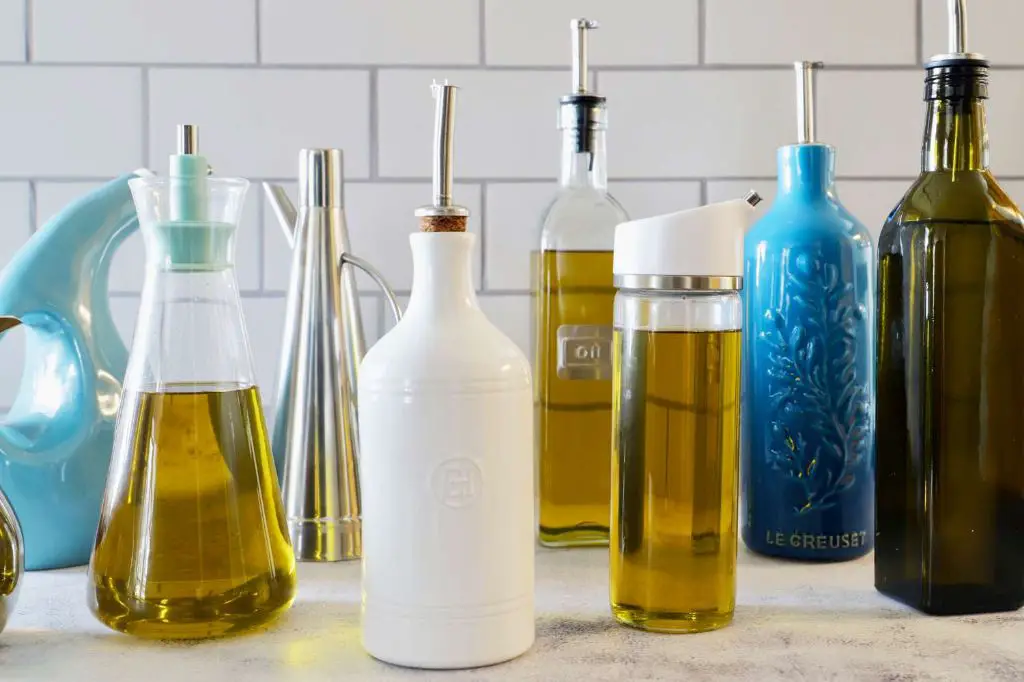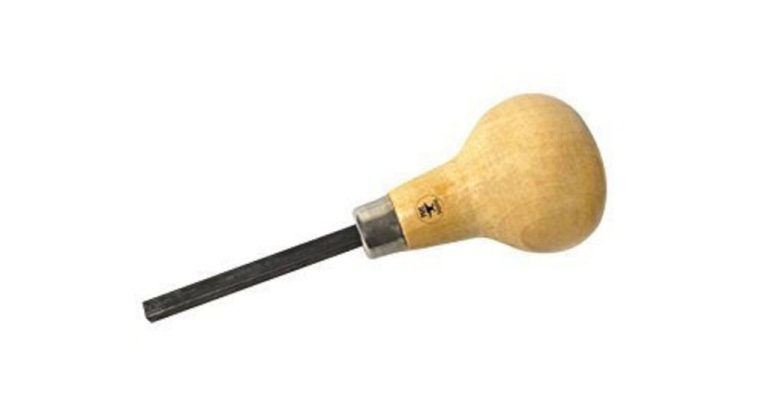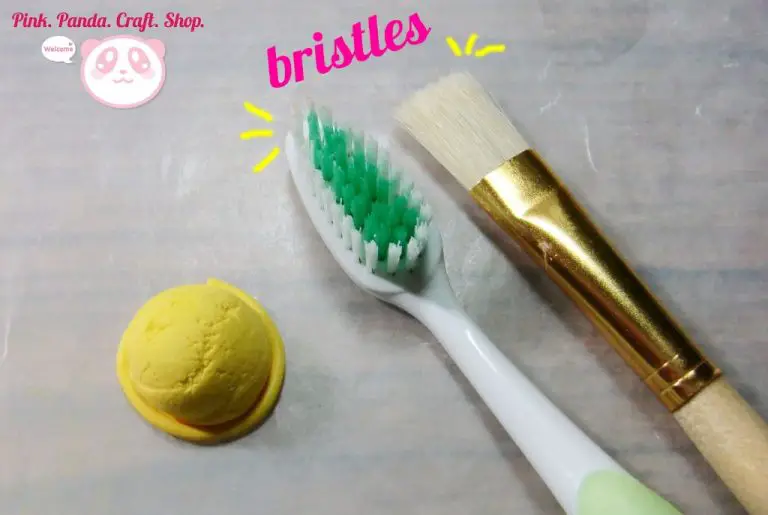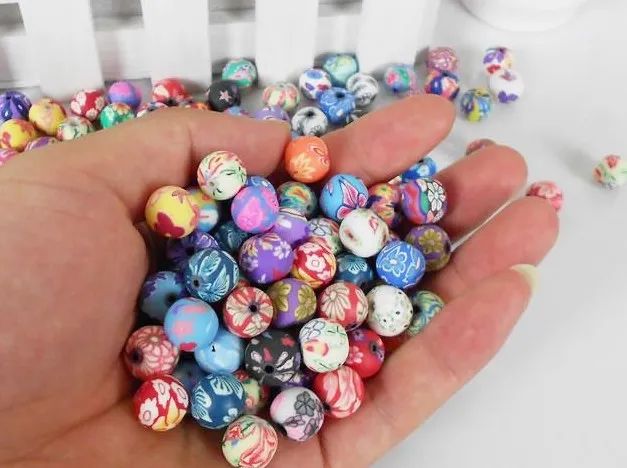What Do Chefs Use To Pour Olive Oil?
Olive oil is one of the most important ingredients in cooking. It has a rich history dating back thousands of years to ancient Greece, Rome and Egypt where it was first cultivated. Today, olive oil continues to be a staple in kitchens around the world. There are many reasons why olive oil is so integral to cooking:
First, olive oil is valued for its flavor. Premium extra virgin olive oils have a fruity, peppery taste that enhances dishes beautifully. The flavors come from the olive varietals used as well as production methods like cold pressing. Having great tasting olive oil can really elevate a dish.
Olive oil is also prized for its health benefits. It is a great source of monounsaturated fats, antioxidants and vitamin E. Studies have shown that replacing saturated fats like butter or lard with olive oil can improve cholesterol levels and heart health. Using olive oil in cooking is an easy way to eat healthier.
Additionally, olive oil has important culinary properties. Its high smoke point makes it ideal for sautéing, stir frying and roasting. The fact that it is a plant oil means olive oil does not adhere or leave residue on pans like animal fats. It also emulsifies smoothly into dressings and sauces. So olive oil is a very versatile cooking oil.
With its rich history, flavor, health benefits and helpful properties, it’s clear why chefs around the world rely on quality olive oil for cooking.
Olive Oil Cruets

An olive oil cruet is a small bottle or decanter specifically designed for pouring olive oil. Cruets often have a narrow spout and handle for controlled pouring. They are traditionally made from glass, ceramic, or stainless steel.
Cruets come in various shapes and sizes, ranging from petite vessels that hold just a few ounces to larger carafes that can contain over a liter of oil. Despite variations, most share common design elements. This includes a rounded or pear-shaped bottle, a pouring spout, and a handle on the opposite side.
The narrow neck and elongated spout enable a thin, steady stream of oil. This provides cooks with precise pouring control so they can drizzle the desired amount. Meanwhile, the handle provides a grip so the vessel can be easily picked up and tilted.
Cruets are often decorative and sit nicely atop a kitchen counter or dining table. Those made from colored glass or glazed ceramic add a pop of color. Engraved or otherwise embellished cruets can provide an ornate, elegant touch.
Pour Spouts
A convenient way to pour olive oil is with a pour spout that attaches directly to the oil bottle. Metal pour spouts designed for olive oil bottles allow for a slow, controlled pour. The narrow metal spout enables the user to drizzle oil while avoiding unwanted splashes or spills. Pour spouts come in a variety of sizes to fit different bottle openings and thread types. Stainless steel and chrome-plated spouts resist corrosion and provide an elegant finish. Many pour spouts have a plastic insert to ensure a tight seal on the bottle without stripping the threads. Pour spouts can have a straight or curved spout, with some angled specifically for right- or left-handed use. The length and diameter of the spout also varies. Longer, thinner spouts give maximum control over pouring while wider spouts quickly dispense more oil. Most pour spouts have a cap to keep dust and debris out of the oil when not in use. They are reusable kitchen tools made to last. (https://oliveoilpourspouts.com/home/) Metal pour spouts that directly attach to olive oil bottles allow the user to have precise control when drizzling, helping to avoid messes.
Funnels
One popular tool for pouring olive oil is a funnel (https://www.kosterina.com/products/refill-funnel). Funnels are a great way to easily transfer olive oil from large containers or tins into smaller cruets or bottles for daily use. The wide mouth of a funnel lets you avoid spills and splatters when pouring from an unwieldy tin of olive oil into a narrow-necked bottle.
Funnels designed specifically for olive oil often have a spout with a hinged cap that can be flipped open for pouring and then closed for mess-free storage (https://www.winestuff.com/products/oxo-good-grips-reg-oil-pourer-with-flip-out-funnel). This allows you to keep the funnel sitting in the oil bottle, ready for the next use.
For kitchen use, stainless steel or glass funnels are best since they won’t retain odors or react with the oil. A funnel provides an inexpensive and effective way to get olive oil from a big container into a cruet or bottle for easy use in cooking or baking.
Gravy Boats
Although gravy boats are typically used to serve gravy or other sauces at the table, many chefs have begun repurposing them as olive oil pourers in the kitchen. The elongated spout allows for controlled pouring, while the wide, stable base prevents spilling. Gravy boats come in various shapes, sizes, and materials including glass, ceramic, and stainless steel. Stainless steel gravy boats like the Gravy boat Stainless Steel Olive Oil Can Pot from Amazon are a popular option since they don’t break if dropped and can withstand heat.
When repurposed as an olive oil pourer, the gravy boat allows the chef to drizzle and distribute oil smoothly and evenly over dishes. The spout grants precision pouring so chefs can control the amount and aim of olive oil to prevent waste. Compared to pouring directly from the bottle, using a gravy boat reducer provides increased stability, accuracy and better dispersion over the target ingredients. They work equally well for pouring and serving vinegars and other flavorful oils at the table too.
Condiment Bottles
Squeezable condiment bottles with narrow nozzles are another common tool used by chefs for pouring olive oil. These plastic bottles allow chefs to precisely control the flow of oil by squeezing the bottle (citation). They often come with multipurpose tops that have different sized holes, allowing chefs to adjust the pour speed. The narrow nozzle prevents drips and spills when pouring small amounts of oil. Condiment bottles also keep air out to maintain freshness. Popular brands used in restaurants include Bottles, which come in sizes from 2-34 oz.
Shot Glasses
Shot glasses are a popular option for pouring small amounts of olive oil. These miniature glasses typically hold 1-2 ounces of liquid, making them ideal for drizzling olive oil over salads, pastas, pizzas, breads and more. Shot glasses designed specifically for olive oil often feature olive-shaped designs and measurements for the ideal daily olive oil intake.
The small size of a shot glass allows cooks to precisely control the amount of olive oil they use. Shot glasses are also convenient for dipping bread in olive oil or passing around for olive oil tastings. For everyday use, some people keep a shot glass of olive oil handy by the stove for easy access when sautéing veggies or cooking other dishes.
Eye Droppers
Eye droppers may not seem like an obvious choice for pouring olive oil, but they actually allow for precise control over the amount dispensed. The narrow tip and squeezable bulb enable chefs to measure out exact quantities down to the drop. This level of precision is helpful when recipes call for small amounts of olive oil or when topping individual portions.
The narrow tip on an eye dropper also gives chefs accuracy when drizzling olive oil as a finishing touch or garnish. By gently squeezing the bulb, the oil can be applied decoratively and sparingly over plates of food. This prevents overpouring and waste.
Eye droppers designed for kitchen use typically have larger bulbs and openings compared to scientific droppers. This allows them to take up more viscous liquids like olive oil. The squeeze bulb is also easier on the hands than the plunger style of scientific eye droppers. Kitchen eye droppers may be made of plastic, silicone or glass.
While uncommon, some high end restaurants actually rely on eye droppers for precise olive oil pouring. The technique shows an attention to detail and allows each dish to be perfected. So for chefs seeking absolute control over ingredient amounts, an eye dropper can be an ideal olive oil pouring tool.
Spouted Pitchers
Spouted pitchers are another handy option for pouring olive oil. These pitchers are designed with a long, narrow spout which makes it easy to control the flow of oil and pour it with precision. The spout allows the oil to come out in a thin, steady stream rather than gushing out quickly.
Spouted olive oil pitchers often hold around 16-34 ounces of oil, though you can find larger and smaller sizes too. They are made from glass, plastic, ceramic, or stainless steel. Glass and clear plastic pitchers let you see the olive oil level. Ceramic and stainless steel tend to be more durable options.
Look for a spouted pitcher with a curve to the spout that makes pouring even easier. Some also have a non-drip lip to prevent messes. The handle should feel comfortable and sturdy when lifting and pouring. A pitcher with measurements marked on the side can help you portion out specific amounts.
Having a designated spouted pitcher just for olive oil keeps the flavor pure and prevents cross-contamination. It also looks attractive on the kitchen counter or dinner table for serving. The spout dispenses the precious oil in a controlled, tidy way compared to pouring from the bottle.
Conclusion
Chefs have a variety of options when it comes to pouring olive oil. Traditional glass cruets with tapered spouts allow for slow, controlled pouring. Funnels provide accuracy for larger pours. Gravy boats work well for dipping and basting. Condiment bottles make drizzling and swirling easy. Shot glasses enable precise small amounts. For ultimate control, eye droppers allow drop-by-drop pouring. Spouted pitchers offer hands-free pouring across a variety of uses.
While ordinary bottles will suffice, specialized pourers like self-closing spouts, adjustable drizzlers, and patented oil dispensers optimize flow control and prevent spills. The key for chefs is choosing a vessel that enables the right pour for the task at hand, with olive oil bottle pour spouts being a reliable standby option. Whichever pouring vessel used, keeping olive oil away from light and heat preserves quality and flavor. With so many potential vessels, chefs have flexibility to elevate their culinary creations through artful, controlled drizzling and pouring of olive oil.




